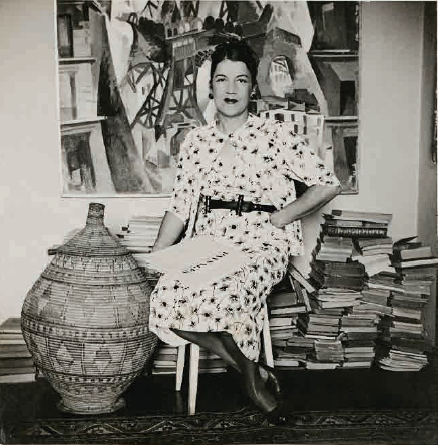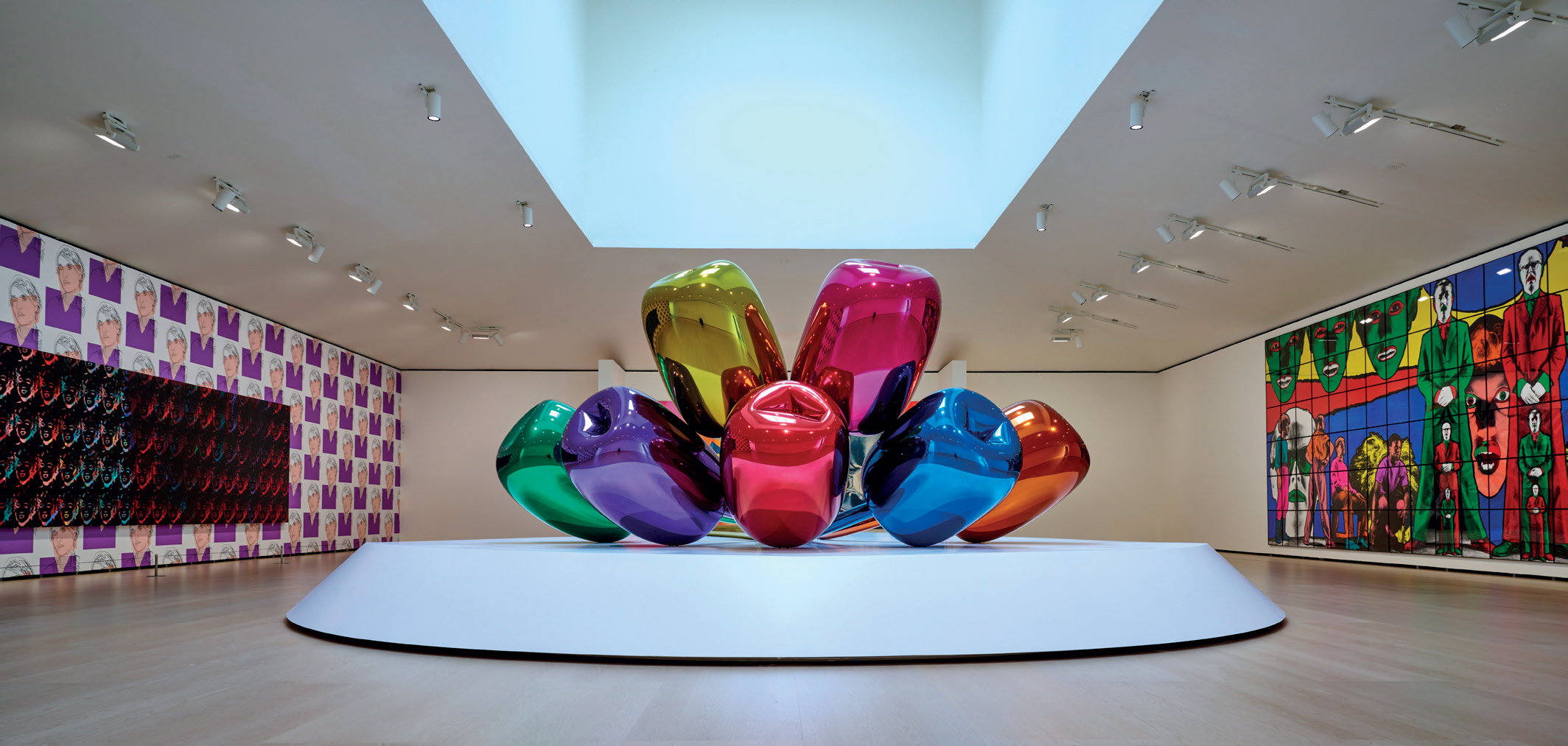
1886
Tarsila do Amaral is born on September 1 in Capivari, in the state of São Paulo, to a family of coffee-growers. She spends her childhood in a family hacienda, where she plays piano and learns French from her Belgian governess.
1904–13
At the age of 18, she marries André Teixeira Pinto, her mother’s distant cousin, and they have a daughter, Dulce, in 1906. They separate in 1913 and Tarsila moves to São Paulo, where she throws herself wholeheartedly into art and music.
1916–21
After taking art classes with the academic painters Pedro Alexandrino and Georg Elpons, Tarsila moves to Paris in 1920, where she attends the Académie Julian and later Émile Renard’s studio. Her daughter Dulce goes to a boarding school in London.
1922
In February, Modern Art Week ushers in modernismo in São Paulo. In June, Tarsila founds the Group of Five with Anita Malfatti, Paulo Menotti del Picchia, Mário de Andrade and Oswald de Andrade. The latter becomes her sentimental companion. She contributes the monthly magazine Klaxon, the first Brazilian publication associated with modern art. She returns to Paris in December and Oswald joins her the following month.
1923
Tarsila takes classes from André Lhote; in the autumn she joins the studios of Fernand Léger and Albert Gleizes. In the summer, she travels to Italy and then returns to Brazil in December.
1924
She travels to Rio de Janeiro for Mardi Gras and visits the historical cities of the Minas Gerais region. In March, Oswald de Andrade publishes the Pau-Brazil Painting Manifesto, which Tarsila joins. In July, São Paulo is bombarded and later occupied by the army during a military uprising against the central government. Tarsila goes back to Paris in September and Oswald joins her in November. The following year, Tarsila works intensely in Brazil on an exhibition project for Paris.
1926–27
Between February and May, Tarsila travels around Greece, Turkey, the Middle East and Egypt, and later Rome. In June, her first solo exhibition opens in the Percier gallery in Paris. In August, Tarsila goes back with Oswald to São Paulo, where they marry in October. They spend 1927 in the Santa Tereza do Alto hacienda.
1928
Tarsila’s painting Abaporu inspires the anthropophagic movement, whose manifesto is published in May. Her second solo show opens at the Percier gallery after she returns to Europe in June.
1929
Tarsila exhibits her work at the Palace Hotel in Rio de Janeiro and in São Paulo in September. In November, she has to take out a mortgage on her hacienda after the New York Stock Exchange crash. Late that year, she and Oswald separate.
1930
She is appointed conservator of the Pinacoteca do Estado in São Paulo, a job she holds until the coup d’état by Getúlio Vargas in November. In March, she and other artists participate in the Exposição de uma casa modernista, envisioned by the architect Gregori Warchavchik.
1931
She travels to the Soviet Union with her new partner, Osório César, a psychiatrist and writer. Tarsila exhibits her works at the State Museum of Modern Western Art in Moscow. Upon their return, the couple stops in Paris, where she shows her works at the Salon des Surindépendants. She participates in building residences for artists along with Sonia and Robert Delaunay and Georges Vantongerloo.
1932
In March, she leaves Paris for good. In July, the constitutionalist revolution breaks out in São Paulo, but Vargas stays in power. Tarsila is imprisoned for one month because of her recent trip to the Soviet Union.
1933
Tarsila participates in the SPAM (Société Pour l’Art Moderne) and CAM (Clube dos Artistas Modernos) protests. In October, she shows her works at the Palace Hotel in Rio de Janeiro.
1935–36
After separating from Osório César, Tarsila moves to Rio de Janeiro with Luís Martins, a young writer 21 years her junior; they separate in 1951. She paints several portraits on commission and writes cultural reports for the Diário de S. Paulo until 1956.
1937
She recovers the Santa Tereza do Alto hacienda and participates in the first Salâo de Maio (focused on the São Paulo avant-garde), and does so again in 1938 and 1939. In November, Getúlio Vargas proclaims the Estado Novo; the dictatorship lasts until 1945.
1940–47
Tarsila paints many portraits. Despite her material hardships, she participates in several group shows until 1947
1950–53
After a major retrospective held at the Modern Art Museum of São Paulo (1950), Tarsila shows her works in the city’s first two Biennials.
1961–63
She sells her hacienda and moves to São Paulo. The Seventh São Paulo Biennial (1963) devotes an entire gallery to the artist.
1964
She and other artists represent Brazil in the thirty-second Venice Biennale. A military coup d’état brings a new dictator to power in Brazil.
1965–73
After falling, Tarsila undergoes spinal column surgery, which leaves her a paraplegic. Her daughter Dulce dies of diabetes at the age of sixty. The last major retrospective during the artist’s lifetime is held in Rio de Janeiro and São Paulo in 1969.
1973
Tarsila do Amaral dies in São Paulo on January 17.
Anonymous, Tarsila do Amaral in her flat, in front of her painting by Robert Delaunay The Eiffel Tower (La Tour Eiffel, 1911), late 1930s
© Collection Pedro Corrêa do Lago, Rio de Janeiro
